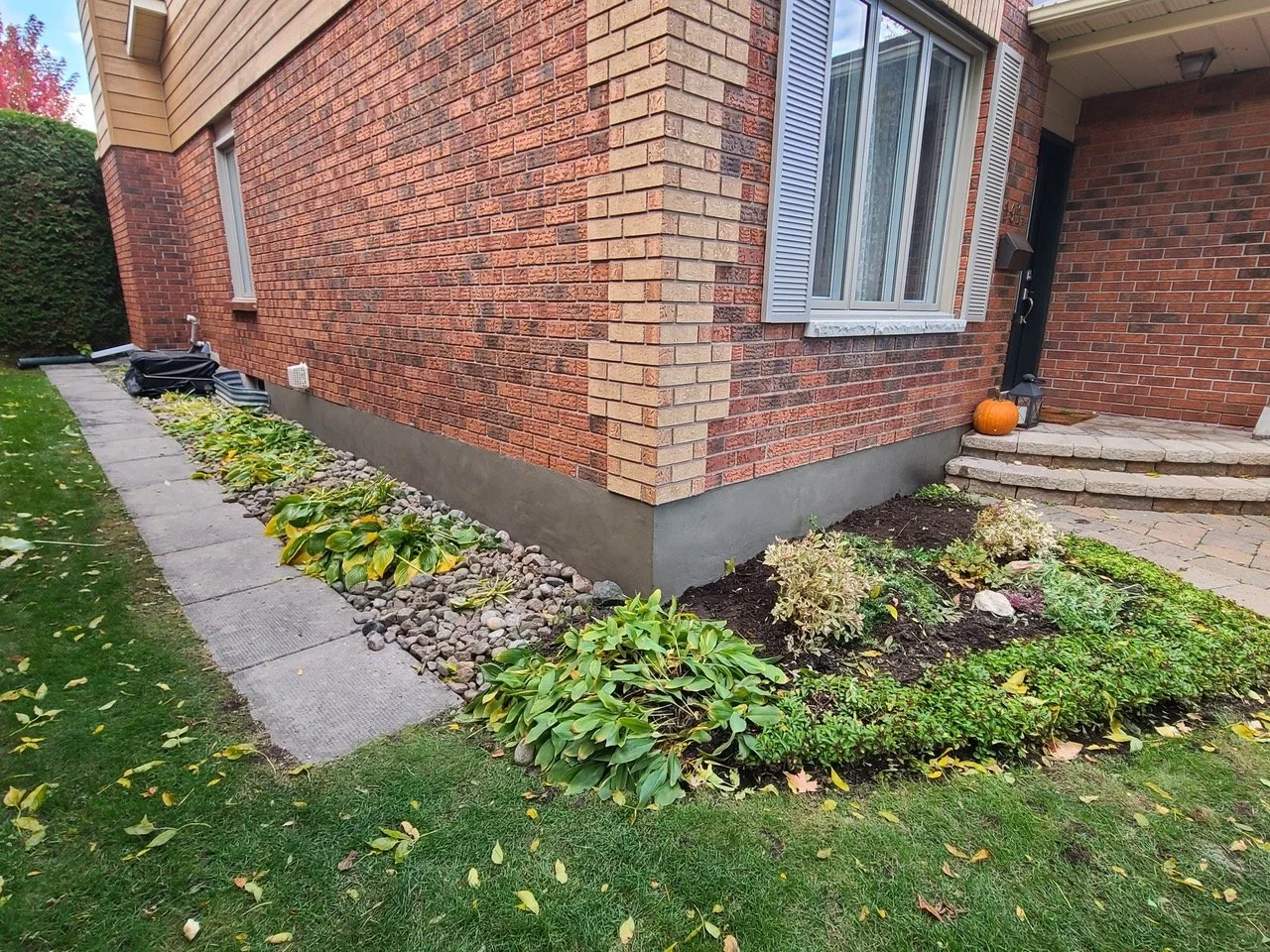3 Reasons your Parging is Failing
Parging is a thin mortar coat application that is done to surface areas to fix imperfections, add a protective layer to your foundation and add beauty to your home’s foundation. Regardless of its benefits, parging can also sometimes fail, causing cracks, peeling and hollow spots, in which repairs are necessary. In this blog we will touch up on 3 main reasons why your parging is failing and why it is important to call your masonry contractor for parging repairs when noticeable.
Improper Materials
Using improper materials is one of the main causes of your parging failing. This will affect the overall strength and cause a lot of issues down the line. Preparation such as wire brushing deteriorated surfaces, removing hollow areas, and cleaning the surface by removing paints, stains, or debris prior to reapplying parging is a must. Using a proper bonding agent is mandatory prior to applying a new parging coat to existing surfaces.
It Was Poorly Prepared
Parging could last 20 years, or it could last 1 year. Poor preparation could make the parging project look worse than before. Cleaning the surface by wire brushing deteriorated surfaces, removing hollow areas, stains, debris, dirt, sand, and using proper material mixtures is critical. Preparing the area is an important factor to consider before applying the parging coats and can alter the longevity of your actual parging and foundation.
Weather Conditions
Weather conditions are extremely important to consider when thinking of applying parging to your home. Canadian climates impact the parging surface without a doubt. Parging should only be applied when temperatures exceed 5 degrees celsius for the duration of 24 hours. If done below that temperature, expect improper curing and future damage to occur. Also, if it’s too hot, the curing prosess will happen too fast causing flashing or cracking. Salt is the enemy for parging, so during the winter months, using sand is a great alternative.

